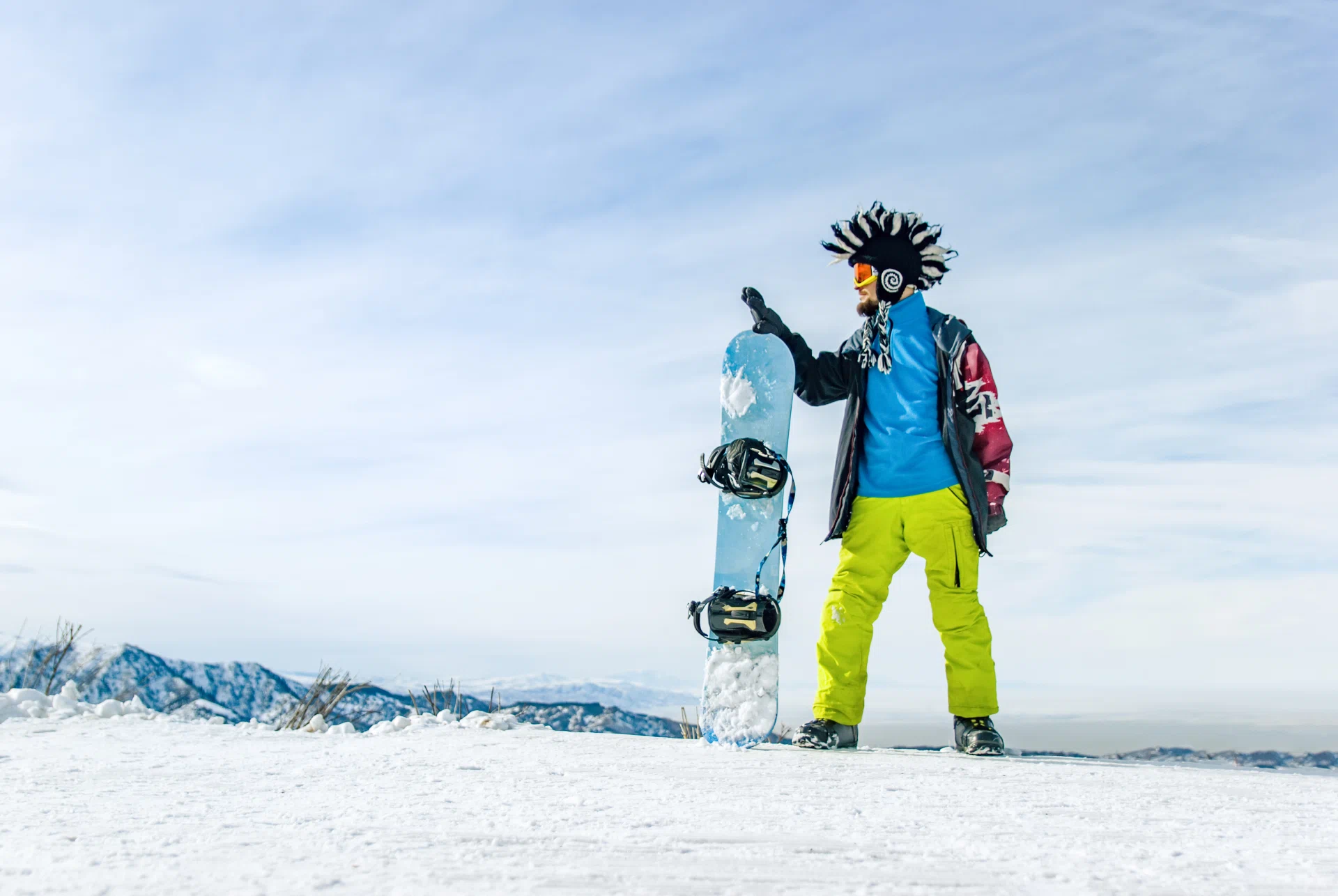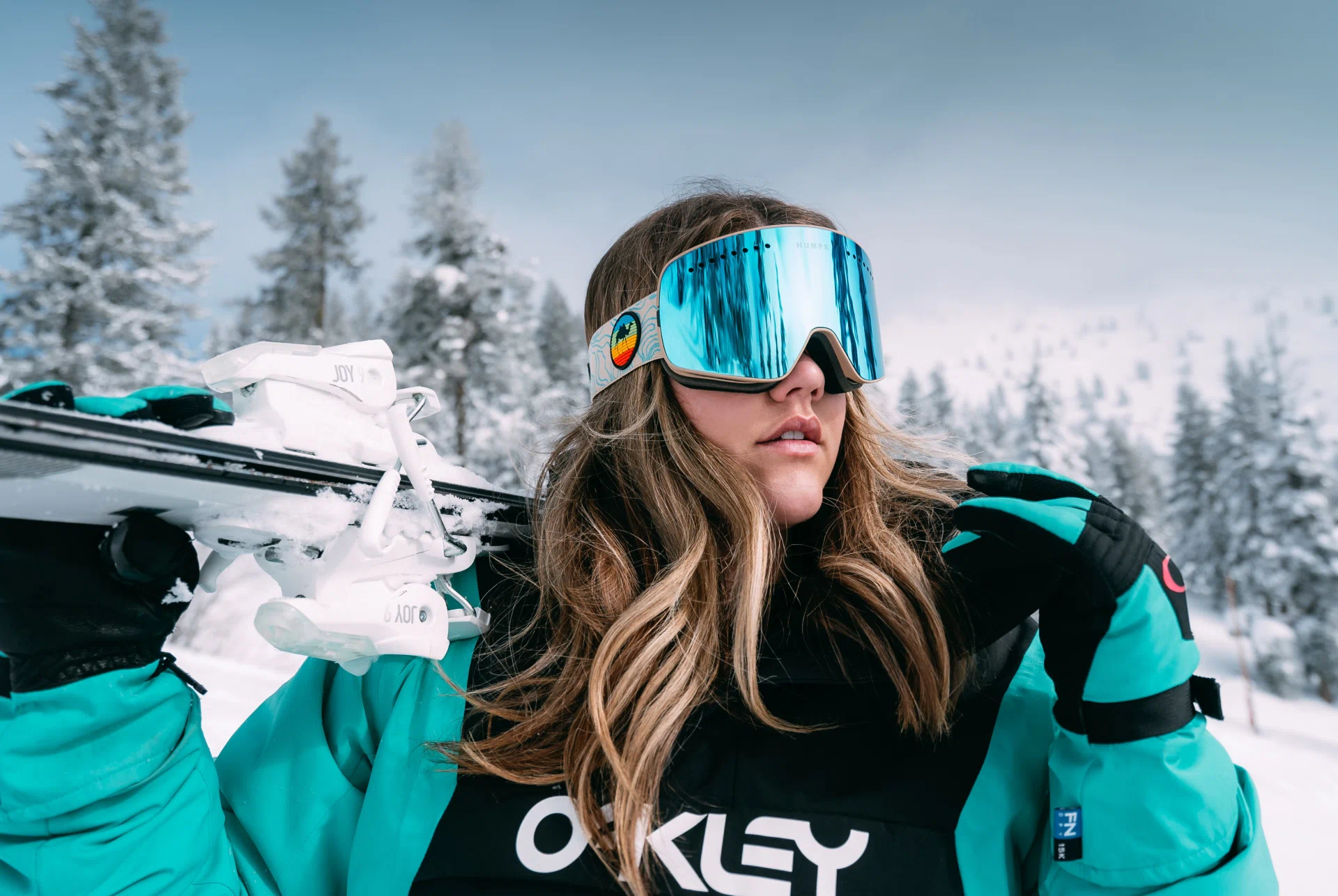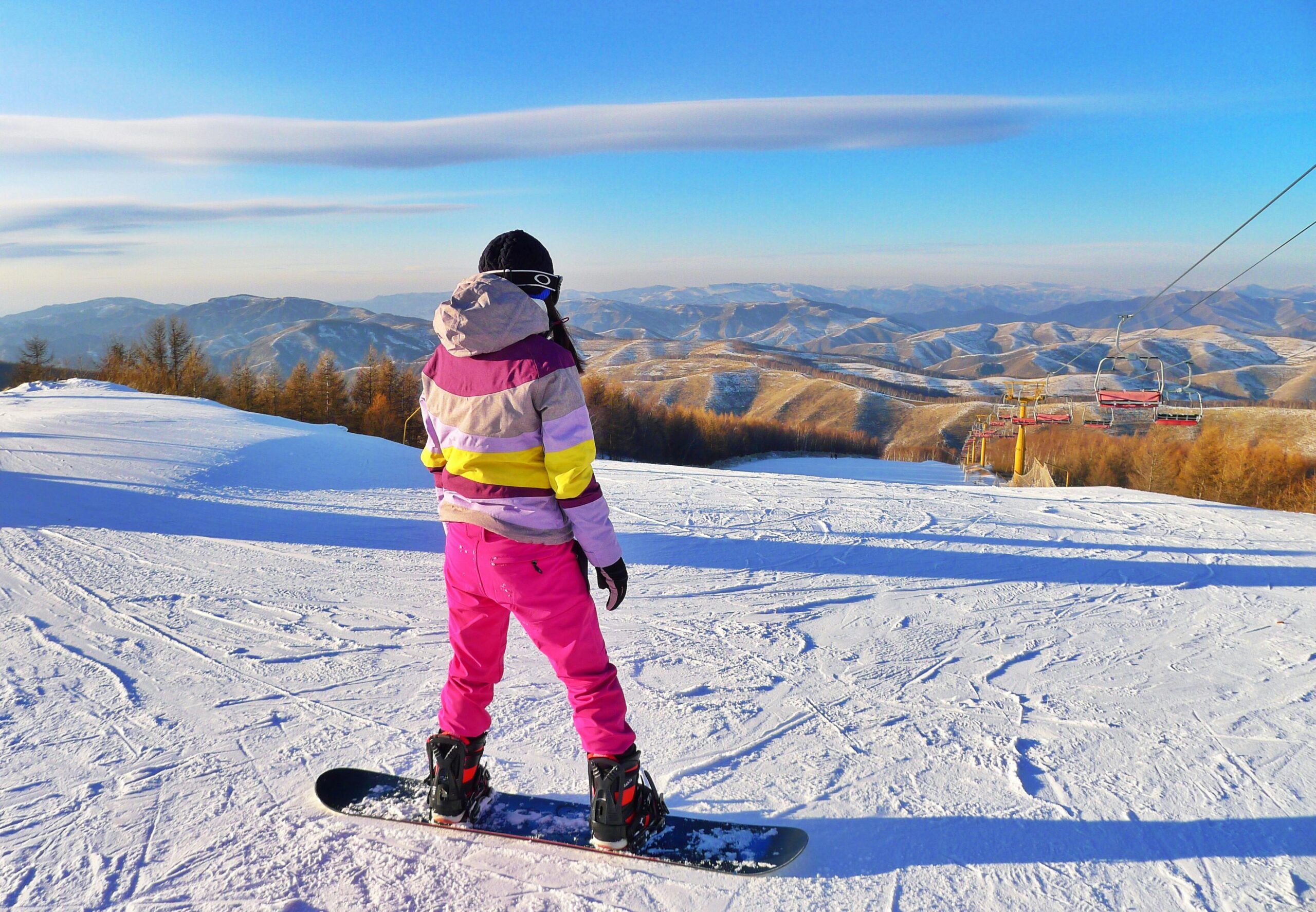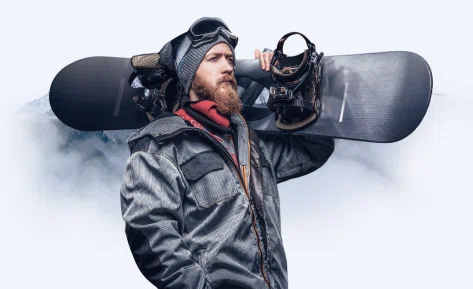
Essential Winter Clothes for Outdoor Adventures, Hiking, and Cold-Weather Activities
June 5, 2023
Eye Protection in Winter: Why It Matters and What You Need
June 5, 2023
Essential Winter Clothes for Outdoor Adventures, Hiking, and Cold-Weather Activities
June 5, 2023
Eye Protection in Winter: Why It Matters and What You Need
June 5, 2023EVENTS
Skiing and the Equipment You Need to Hit the Slopes in Confidence
There’s nothing quite like skiing — the crisp mountain air, the rush of gliding down snow-covered slopes, and the peaceful silence of winter peaks.
Whether you’re carving trails at a resort or venturing into the backcountry, the right equipment can make the difference between a great day on the mountain and a frustrating one. Having the proper gear not only enhances your performance but also keeps you safe and comfortable in changing conditions.
Essential Skiing Equipment
1. Skis
Your skis are your most important tool. The type of skiing you plan to do determines what kind of skis you need.
-
All-mountain skis are versatile and great for beginners or those who want to explore different terrain.
-
Freestyle skis are shorter and lighter, ideal for terrain parks and jumps.
-
Powder skis are wider, offering better floatation in deep snow.
-
Touring skis (for backcountry adventures) are designed for climbing as well as descending, often with skins that attach to the base for uphill traction.
2. Ski Boots
Ski boots connect you to your skis and must fit perfectly. A boot that’s too tight will cause pain, while one that’s too loose will affect your control. Look for boots with a secure buckle system, customizable liners, and the right flex rating for your skill level — softer for beginners and stiffer for experienced skiers.
3. Bindings
Bindings are what attach your boots to the skis and release during a fall to prevent injury. Make sure your bindings are professionally adjusted to your weight, ability, and skiing style. For alpine touring, consider bindings that switch between climb and descent modes.
4. Poles
Poles help you balance, turn, and maintain rhythm on the slopes. Choose the correct size — when you flip a pole upside down and grab under the basket, your elbow should form a right angle.
Clothing and Protection
1. Helmet
A helmet is non-negotiable. It protects against head injuries and also keeps you warm. Look for lightweight, well-ventilated models that are ASTM certified.
2. Goggles
Good visibility is key when skiing in snow glare, wind, or low light. UV-protected, anti-fog goggles with interchangeable lenses are ideal for changing weather conditions.
3. Jacket and Pants
Waterproof, windproof, and breathable outerwear is essential. Most skiers prefer a GORE-TEX or similar membrane that blocks moisture while allowing perspiration to escape. Insulated jackets are best for cold resorts, while lighter shells suit high-intensity backcountry skiing.
4. Base Layers
Start with a moisture-wicking thermal top and bottom, preferably made of merino wool or synthetic fibers. Avoid cotton—it traps moisture and makes you cold.
5. Mid Layers
Fleece, wool sweaters, or insulated down jackets provide warmth between your base and outer layers. Mid layers are easy to remove or add as the temperature changes.
6. Gloves and Socks
Waterproof gloves with good insulation and grip are essential. For socks, choose thin, thermal ski socks made for moisture management and circulation—thick socks can actually cause blisters by reducing blood flow.
Optional but Recommended Gear
-
Neck gaiter or balaclava for wind protection
-
Avalanche safety gear (beacon, probe, shovel) if skiing off-piste
-
Backpack or hydration pack for water, snacks, and extra layers
-
Sunscreen and lip balm to prevent sunburn at high altitude
Final Thoughts
Skiing is a sport that combines thrill and tranquility — but it also demands preparation. Investing in quality equipment not only improves your performance but ensures safety and longevity for your gear. Before your next trip, take time to inspect and tune your skis, check your bindings, and layer up properly for the day’s conditions.
Whether you’re a first-timer or a seasoned skier, remember: the right gear helps you focus less on the cold and more on the mountain ahead.


